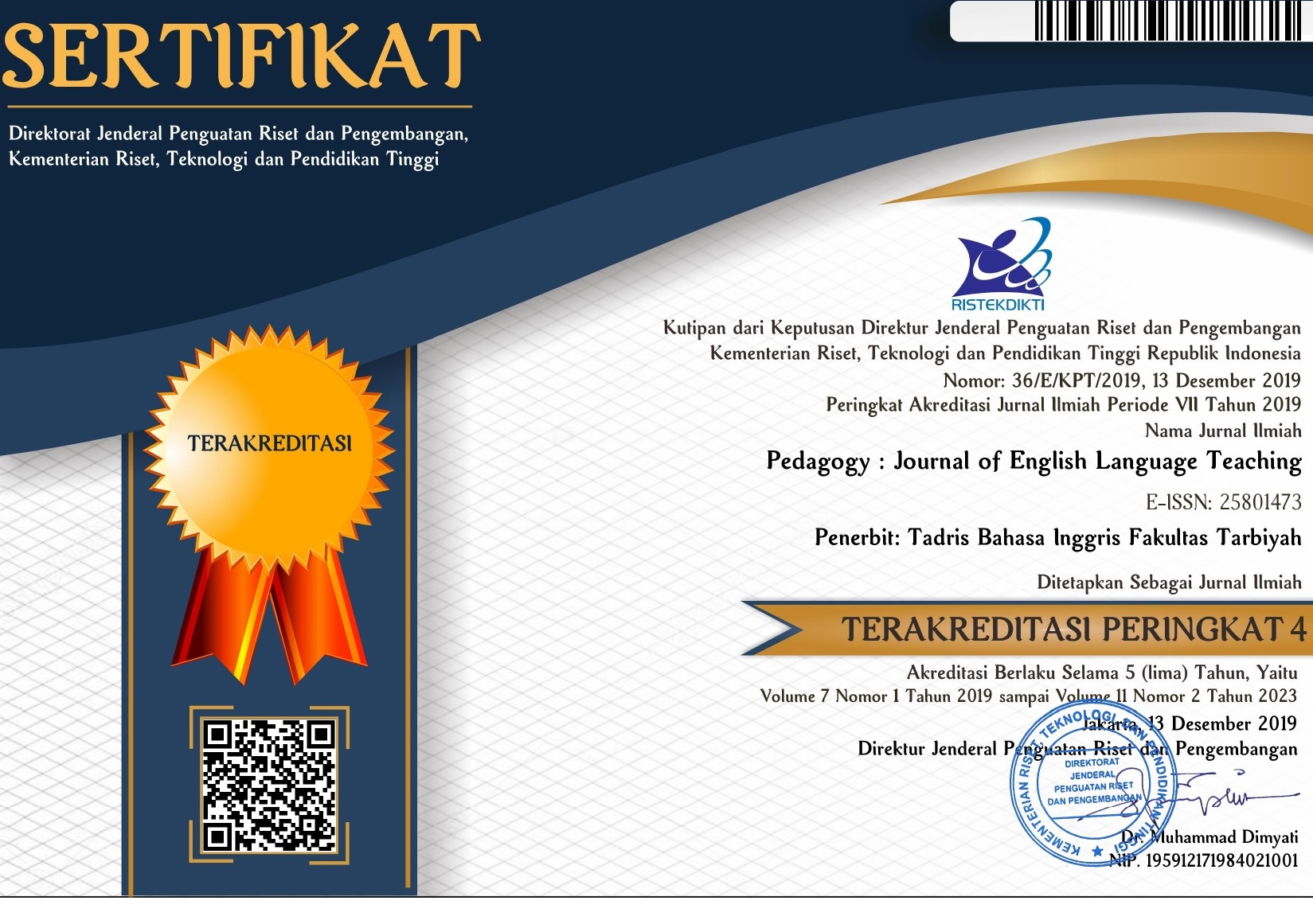Developing Critical Literacy-Based Instructional Reading Materials for Teaching EFL Reading Classes
DOI:
https://doi.org/10.32332/joelt.v11i2.7758Keywords:
critical literacy, EFL reading class, Instructional Reading Materials (IRM), reading materials, teaching readingAbstract
Reading material development becomes one of the challenges in EFL reading class. Most of educators choose to adopt the existing learning materials due to the capacity and time constraints in the material development. This study aims to develop critical literacy-based instructional reading materials used to teach EFL reading classes. This study adopted the research design proposed by Plomp and Nieveen (2010); preliminary phase, prototyping phase, and evaluation phase. There are two types of data in this study; quantitative and qualitative data. Furthermore, the quantitative data were obtained from a questionnaire and reading test. Meanwhile, the qualitative data were collected from interviews and class observation. The study was conducted in English Language Education study programs in three universities in Yogyakarta and Pekanbaru. The findings of the study show that the developed instructional materials met the criteria of validity, practicality, and effectiveness. The results of the validation process indicate that the instructional reading materials were categorized into appropriate (3.3) to be used for teaching reading. The practicality of the product indicates that the developed product is very appropriate (85%) to enhance students’ critical awareness on particular social issues. Also, the developed product has interesting and diverse learning activities (60%) which is appropriate for students of the English Language Education Study Program. After conducting the main field testing, it was seen that the Sig. (2-tailed) < 0.05. Therefore, the developed product is effective to improve the students’ critical literacy skills.
















